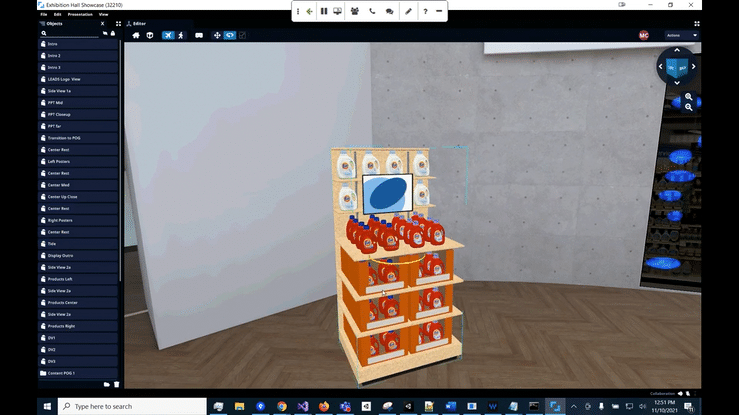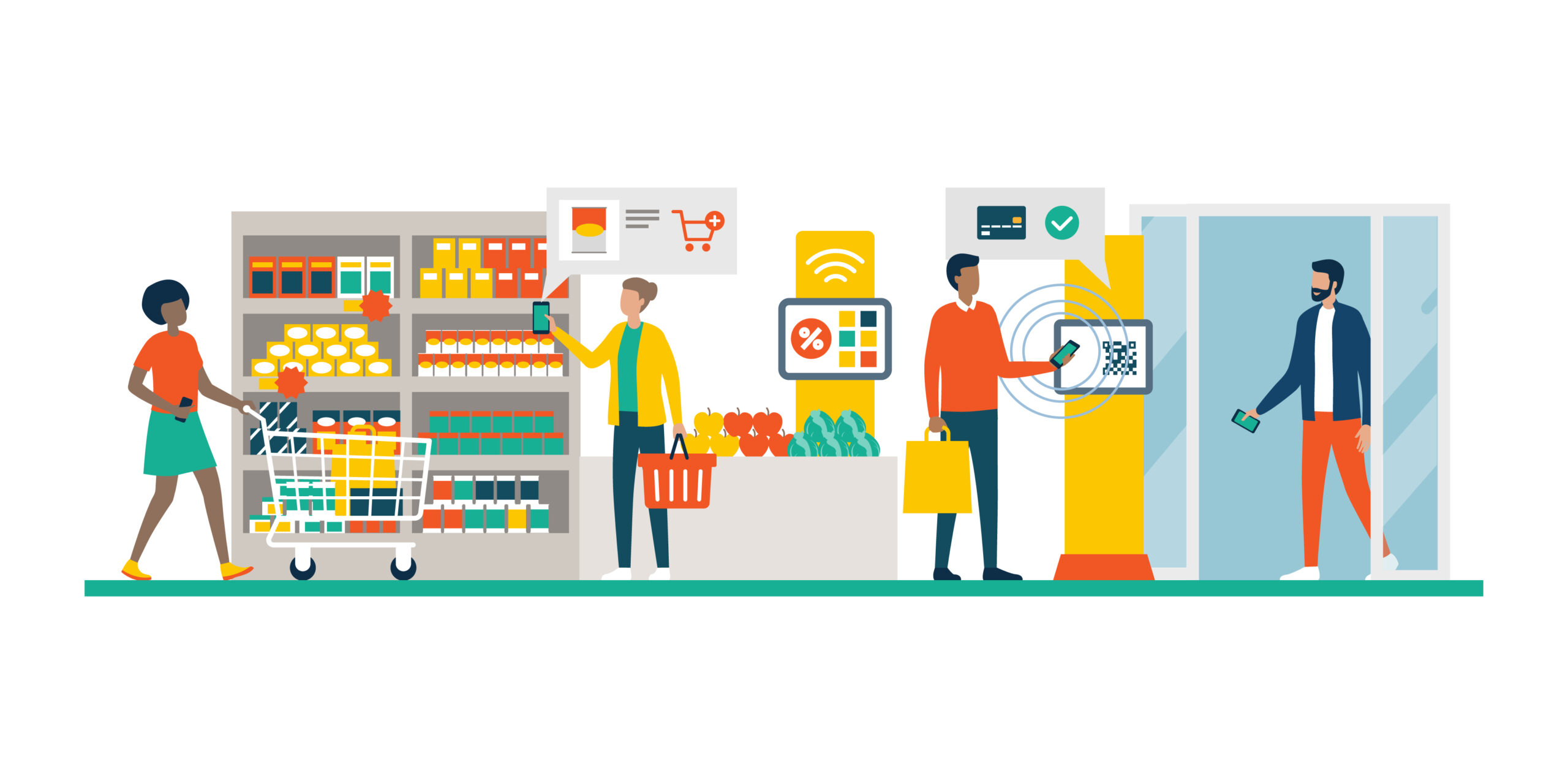Both brands and retailers are facing yet another “new normal” initiated by the global pandemic. In place of panic-buying and decreased foot traffic, we’re now seeing a retail landscape shaped by labor shortages and supply chain disruption.
In September 2021 alone, nearly 4.5 million U.S. workers, or 3% of the workforce, quit their jobs. Additionally, retail companies added 7.5 percent fewer seasonal jobs in 2021 compared to 2020. Retailers like Walmart and Target offered pay increases and extra incentives to keep up with holiday demands. Adding to the chaos, labor shortages contributed to the ongoing disruption to the U.S. supply chain. This higher job supply-to-demand ratio, commonly referred to as “The Great Resignation,” stems from a few different factors: fears of contracting Covid-19, workers out sick with the virus, wage concerns, and people’s changing priorities.
The subsequent increases in operating costs, as well as decreased inventory, has required the retail industry to respond in new and innovative ways. The good news is there’s ample opportunity to improve, and even thrive, in today’s market. Let’s look at a few business issues, how to go about solving them, and how digital twin technology and virtual testing can help stores and brands to move forward with confidence.
Simplify the shelf
Out-of-stocks are always a concern to retailers and brands, but it’s become a larger problem due to recent slow downs in the supply chain—with inventory at 50% in some cases. One way to combat a sparse shelf is to simplify.
A simplified shelf focuses on core items and reduces complexity. It alleviates some of the burden on store workers who are stretched to the brink by making it easier and faster to stock the shelves and keep them stocked. Done right, it also allows for easier shopper navigation and more time to explore the aisles for incremental items. But what does “right” mean? Testing multiple simplified shelf concepts in a virtual store can help solve questions around how to lead the aisle, brand blocking, private label, and more. We can compare far more options than would traditionally be possible in-store, and understand the impact on sales, as well as what best keeps shoppers engaged in the category.
Product substitutions
If a brand or category is being impacted by shortages, the product a shopper would normally purchase might not be available when they make that trip to the store. Do you know how they’ll react? What are they willing to switch to, or when will they walk away from the category? These are important considerations when planning for substitutions at the shelf.
To understand when they will walk away, you need to look at their purchase decisions after both their first choice brand and second choice brand are not available. That information will help you pinpoint which products have the highest walk rate. And in the current state of retail, you need to do this quickly.
Sending shoppers through virtual shopping exercises is the fastest way to get results, while reducing the need for in-person set up and shopping trips. In each subsequent shopping attempt, previously-purchased products are removed from the consideration set, forcing shoppers to rethink their purchases. This reveals which brands present the greatest risk of “walking from the category” when unavailable. With this data, you get an better understanding of how out-of-stocks can impact the category as a whole, and what brands and alternatives are most important to keep available.
Store walk-throughs
Being in the store is how decisions are made. In-store walk-throughs and concept approval is an essential part of the overall go-to-market process, and mock centers have long been a great alternative to an actual store space.
But with the labor market in its current state, the updates to these facilities may be a cost that is no longer justified or even possible. Not only that, but thanks to the latest Omicron variant, people are again working remotely, and many are hesitant to travel or gather in groups. Our new normal ultimately pushes us to consider alternatives to in-person activities—but it’s difficult to recreate an in-person meeting that’s meant to happen in a store setting.
Enter the digital retail center. This is a digital 3D space designed specifically to facilitate collaboration done in a retail store.
In this space you can visualize your concepts within the context of the store, without the need to be there in-person. Category resets, seasonal signage or endcaps, displays and more can be brought into the 3D space and envisioned up close and personal. The experience can also be screenshared and streamed to anyone with the live link for real-time collaboration. Showcase 3D planograms, provide 360-degree rotation of displays, highlight data on a large screen, or jump right into a replica of the store for a contextualized, immersive view.

Disruptions in CPG and retail today are unlike anything seen before. The labor shortage challenge has caused many organizations to re-think their previous processes. The ones that welcome change and embrace innovative technology will be leading the charge into the retail world of tomorrow.
Want to experience a virtual innovation center for yourself? Watch our full presentation here, or contact us for a demo!





